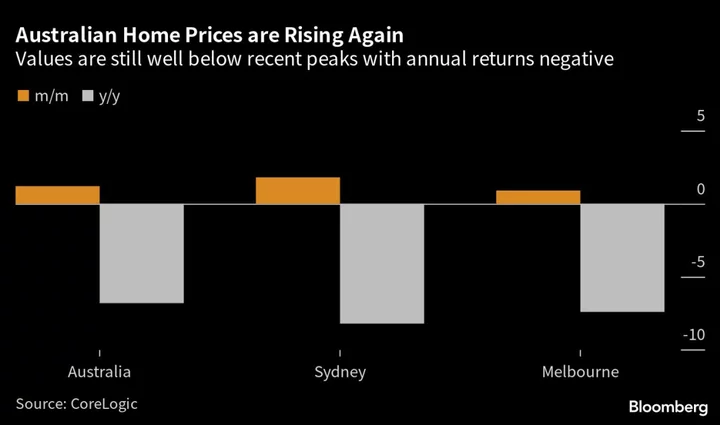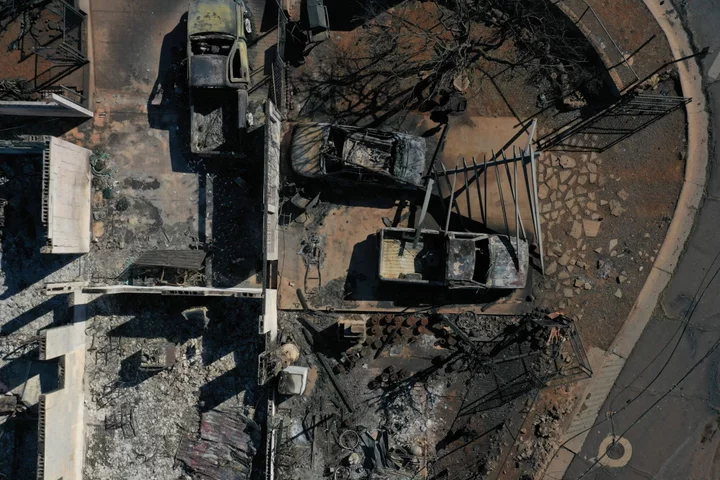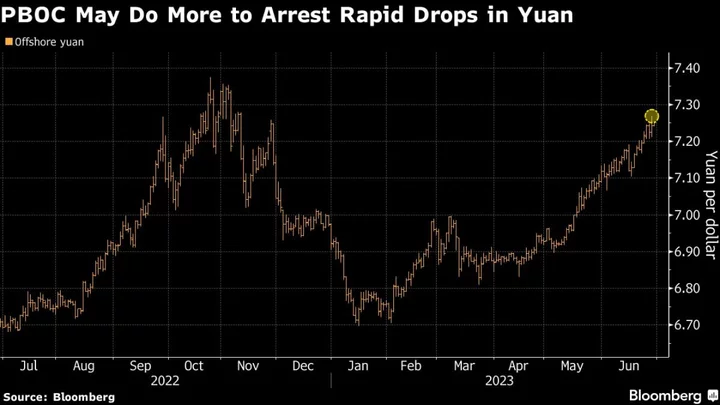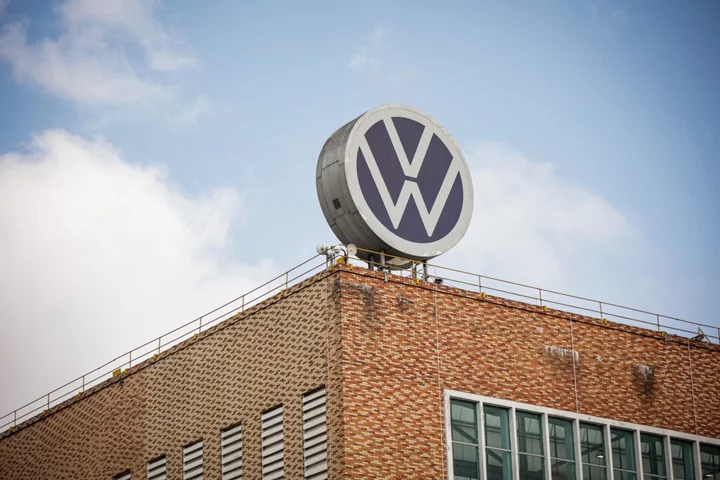Australia’s house prices climbed for a third straight month in May, suggesting further interest-rate increases may be needed to cool resurgent demand that threatens to exacerbate inflationary pressures in the economy.
Prices in bellwether Sydney jumped 1.8%, the city’s biggest increase since September 2021, data from property consultancy CoreLogic Inc. showed Thursday. Brisbane gained 1.4% and Melbourne and Adelaide rose 0.9% apiece, resulting in a 1.4% advance for the nation’s major cities as a whole.
The surprisingly rapid rebound comes after data Wednesday showed inflation accelerated at a faster-than-expected 6.8% in April, bolstering the case for further rate hikes. The Reserve Bank is worried that a renewed rise in property prices will drive a wealth effect and encourage more household spending, further fueling consumer prices that it’s trying to tamp down.
The central bank’s forecasts show inflation only returning to the top of its 2-3% target in mid-2025 and policy makers worry that if it takes longer to reach that level then inflation expectations may de-anchor.
Money markets, which were earlier signaling the RBA’s tightening cycle is all but done, are now almost fully pricing in a quarter-percentage-point hike to 4.1% in August.
Last month, the central bank unexpectedly raised the key rate to an 11-year high of 3.85% as the board worried about the risk of upside surprises to inflation from a tight labor market and a rebounding property market.
Strong population growth in Australia has boosted demand for housing while a supply shortage and persistently low levels of advertised listings are also fueling prices.
“With such a short supply of available housing stock, buyers are becoming more competitive and there’s an element of FOMO creeping into the market,”said Tim Lawless, research director at CoreLogic, referring to fear of missing out when prices rise.
He highlighted that auction clearance rates have trended higher, holding at 70% or higher over the past three weeks.
The number of homes advertised for sale fell in May, Lawless said, with the flow of fresh listings 13.1% below the previous five-year average across the nation’s major cities.









